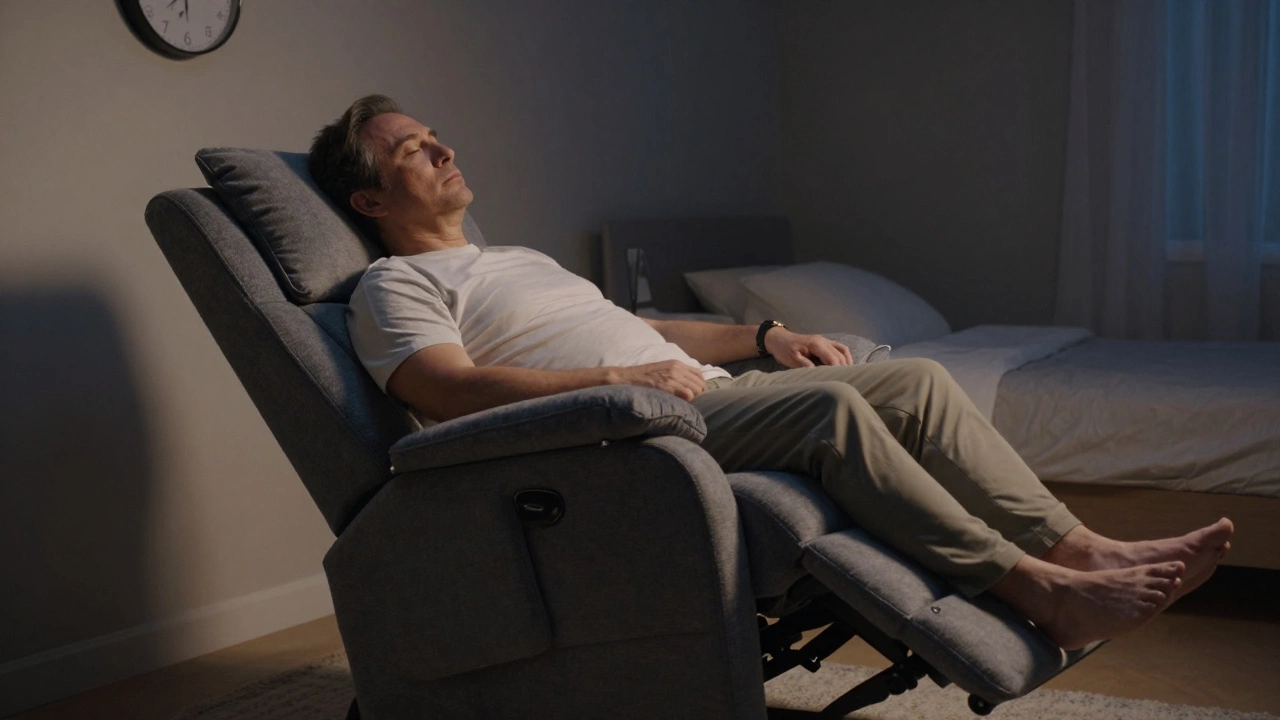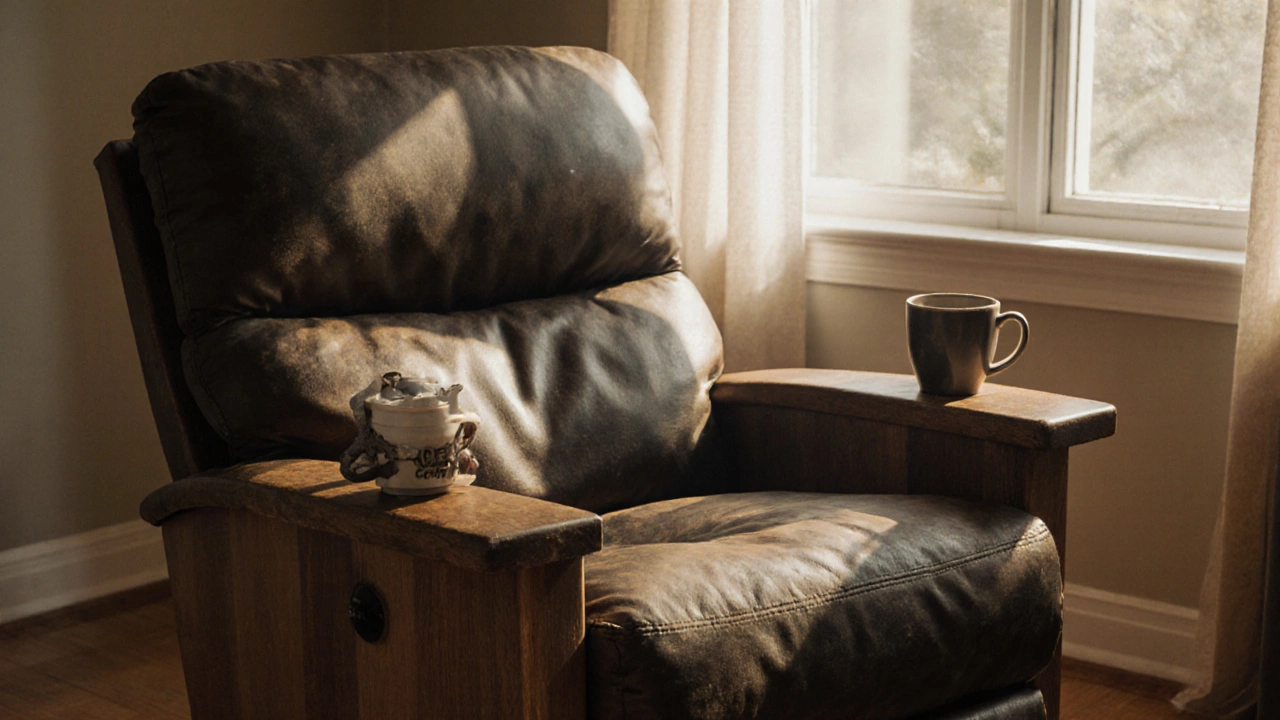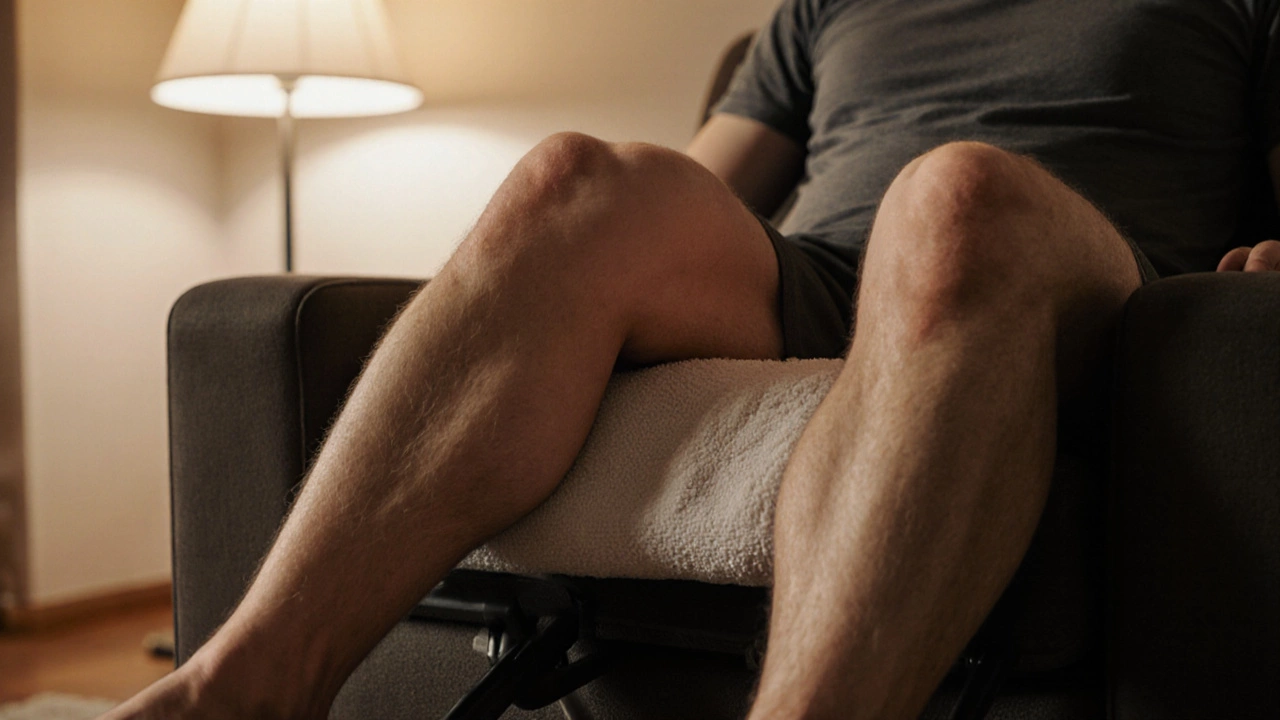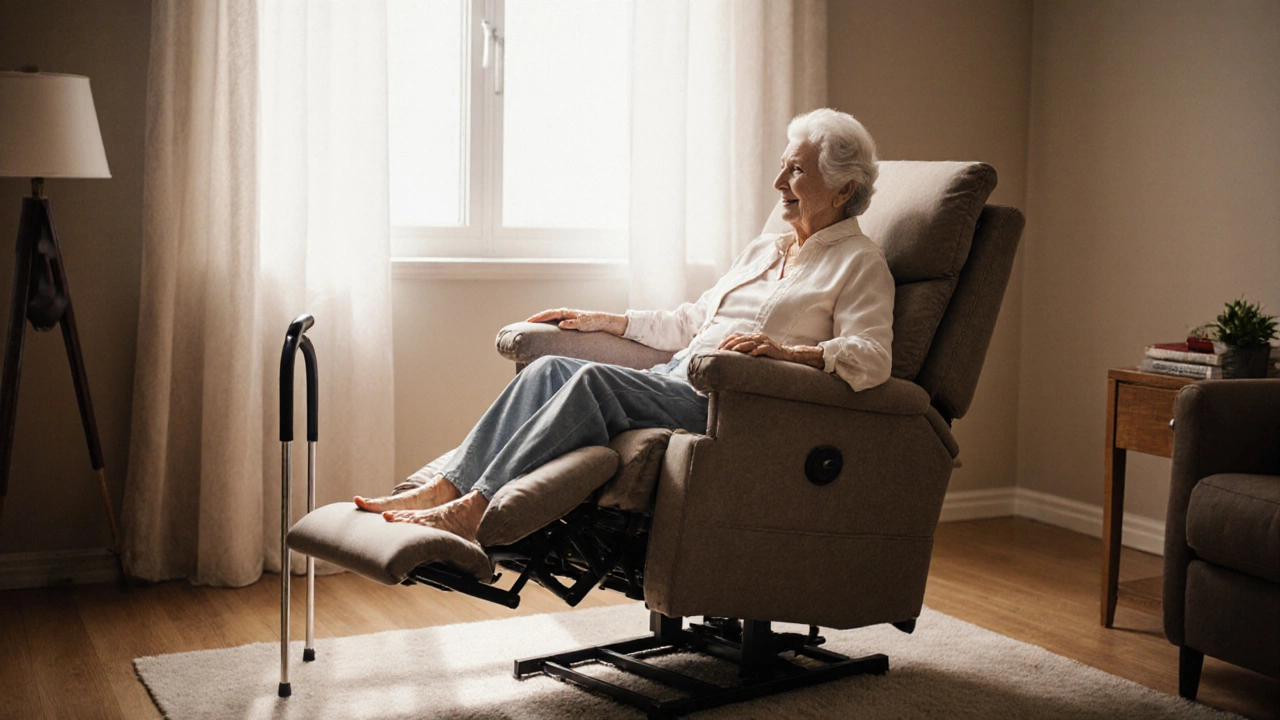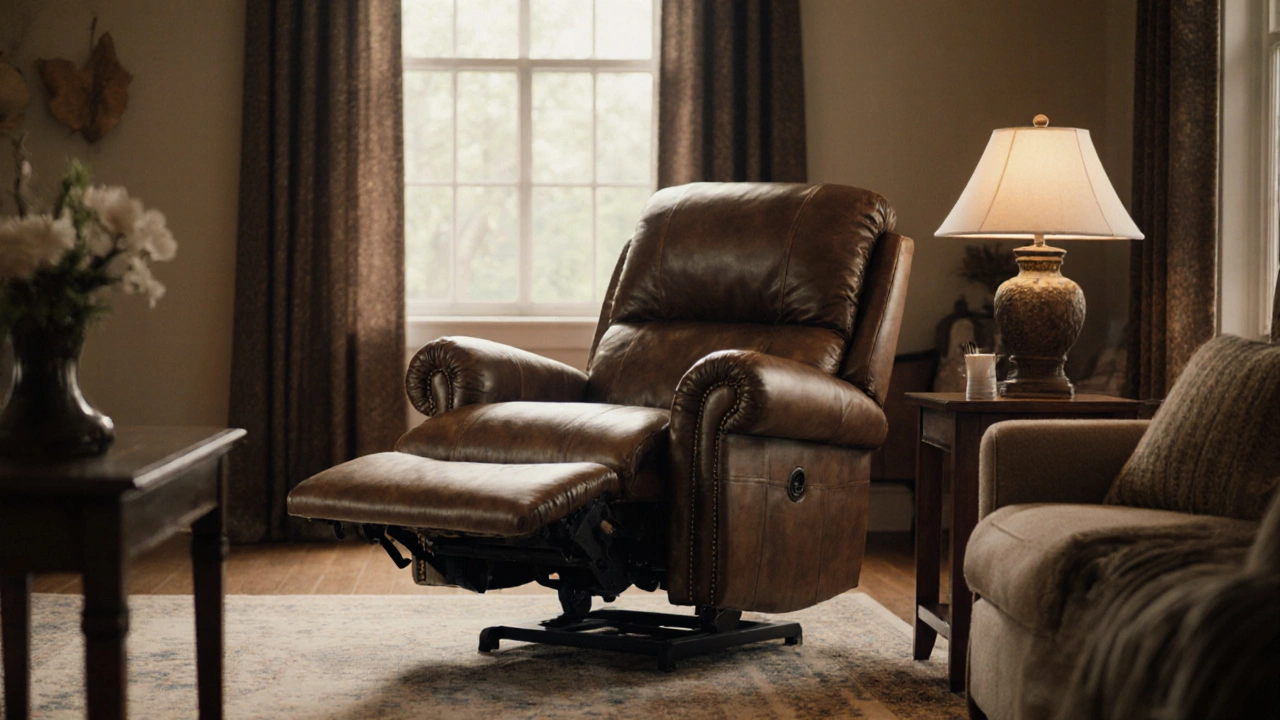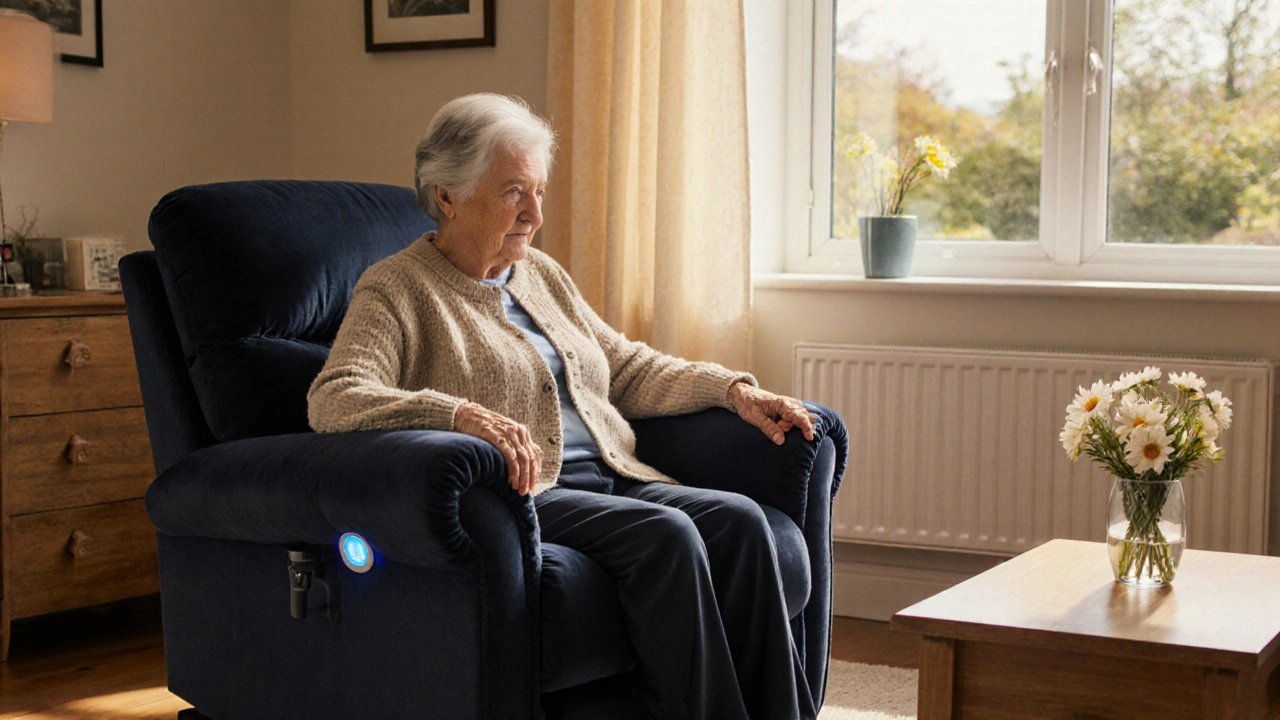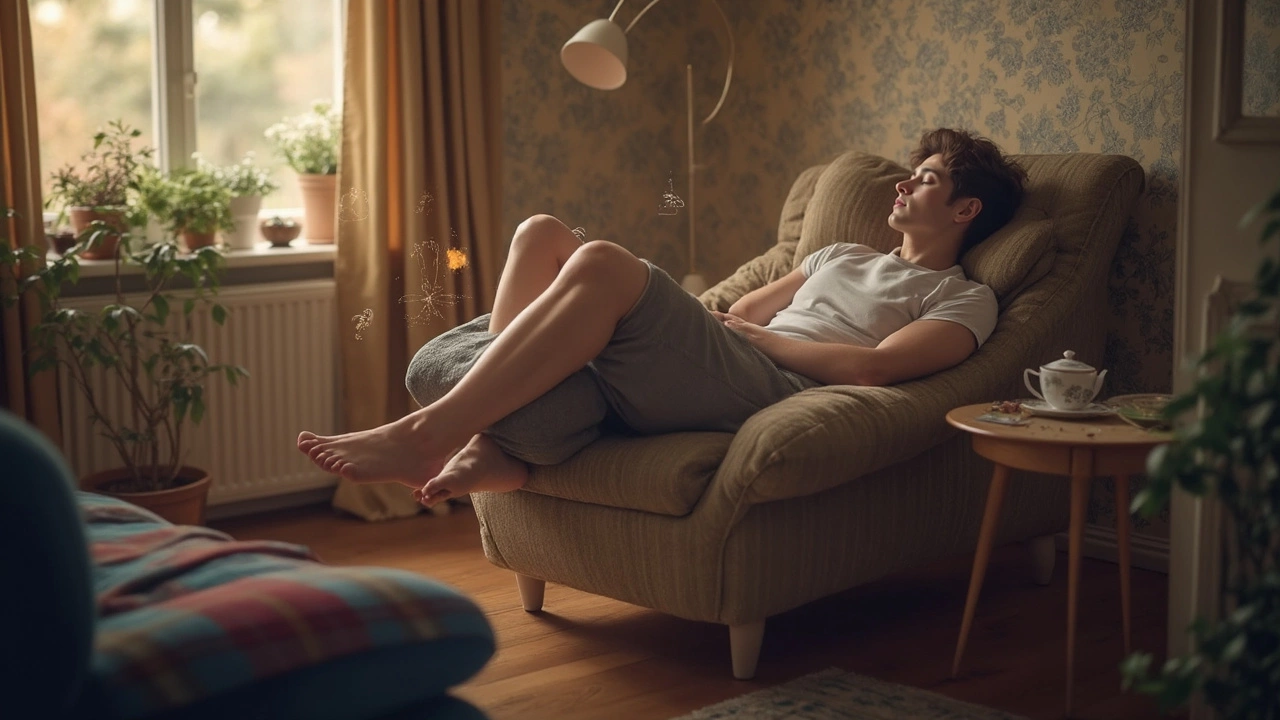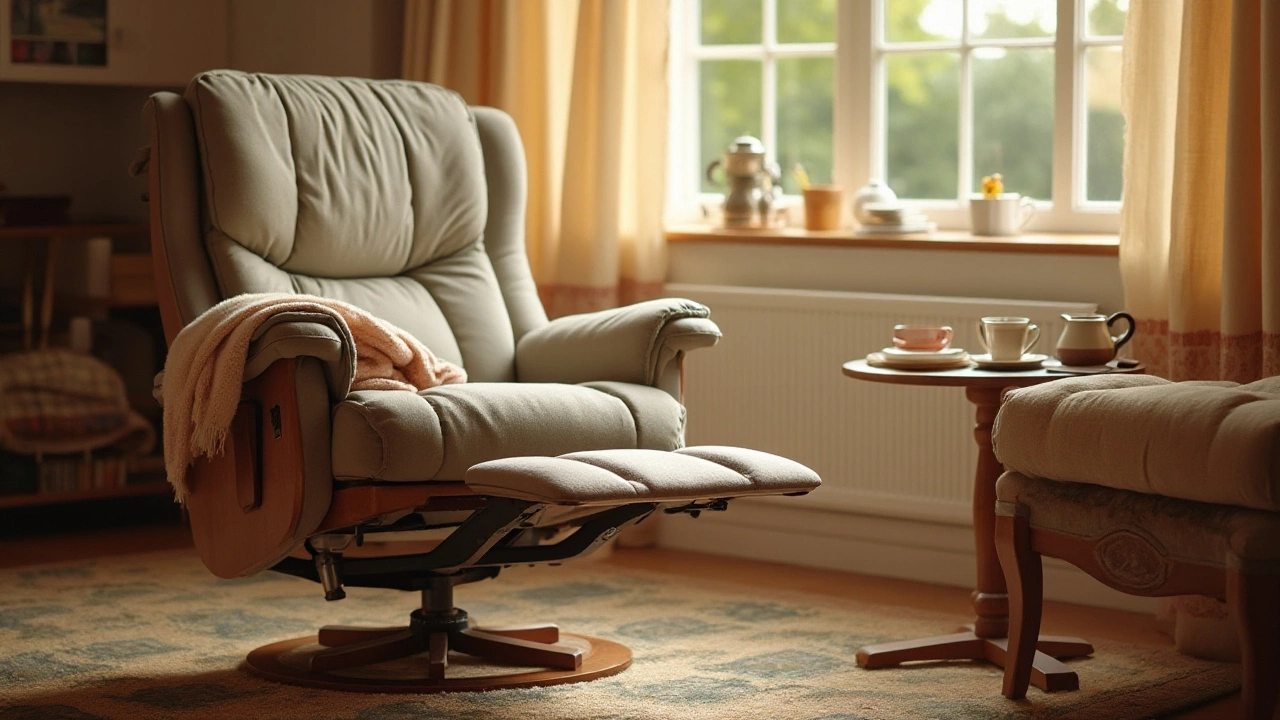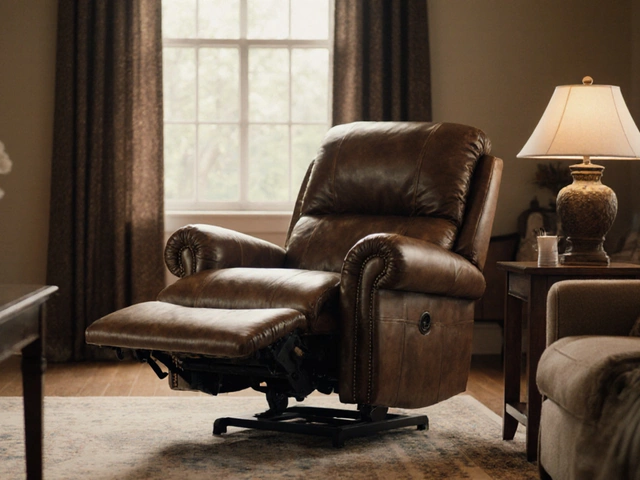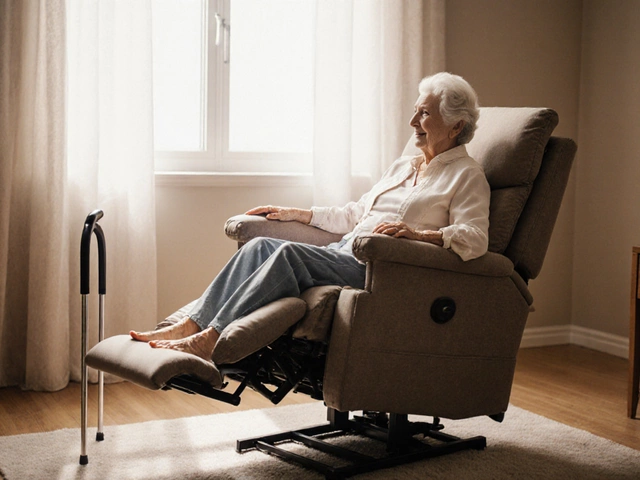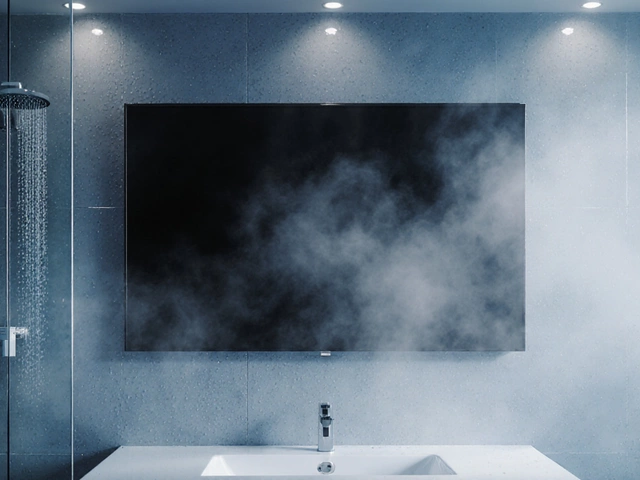Recliner Chairs – Your Everyday Comfort Companion
Ever wonder why a recliner feels like a personal oasis after a long day? It’s not just the soft cushions; it’s the way the seat supports your back, hips, and legs. A good recliner can help with snoring, back pain, or simply give you a relaxed spot to read. Below you’ll find straightforward advice that lets you pick the right model, stay safe, and get the most out of your chair.
Choosing the Right Recliner for Your Needs
If you’re eye‑balling a new recliner, start with the intended use. Do you need a lift function for easy standing? Seniors and folks with mobility issues often benefit from a power‑assist lift chair, and many Medicare plans cover part of the cost. Look for a smooth, quiet motor and a sturdy frame that can hold your weight comfortably.
Next, think about the recline angle. A 110‑degree tilt is enough for most lounging, but if you plan to nap, a 135‑degree angle mimics a semi‑lying position and reduces pressure on the spine. Some people swear by sleeping in a recliner to ease snoring, yet experts warn that nightly use can affect posture if the chair lacks proper lumbar support.
Don’t forget upholstery. Leather is easy to clean, but fabric offers more breathability, which matters if you tend to sweat. Check the warranty – a longer guarantee usually means the maker trusts the build quality.
Keeping Your Recliner Safe and Healthy
Safety comes first, especially for elderly family members. Sliding down a chair can lead to falls; a simple anti‑slide mat or a built‑in footrest can keep the feet planted. If your loved one keeps slipping, consider a recliner with a higher backrest or a snugger seat cup.
Regular maintenance prevents mechanical hiccups. Dust the motor housing monthly, tighten loose bolts, and keep the cushion free of crumbs. A quick vacuum of the fabric and a wipe‑down of leather keep the chair fresh and extend its life.
Health-wise, avoid making a recliner your primary sleeping spot unless a doctor recommends it. Sleeping in a reclined position can strain the knees and hips, especially if the seat angle isn’t supportive. If you do nap, use a pillow that fills the gap between your knees and the chair to keep the joints aligned.
Finally, for those hunting chiropractor‑approved models, look for ergonomic features like adjustable lumbar pads and headrests. A recliner that supports the natural curve of the spine can reduce back pain and improve posture over time.
In short, a recliner is more than a comfy chair – it can be a health aid, a safety tool, and a stylish addition to your home. Use these tips to pick the right model, keep it in top shape, and enjoy the relaxation it offers without compromising on safety or wellness.
